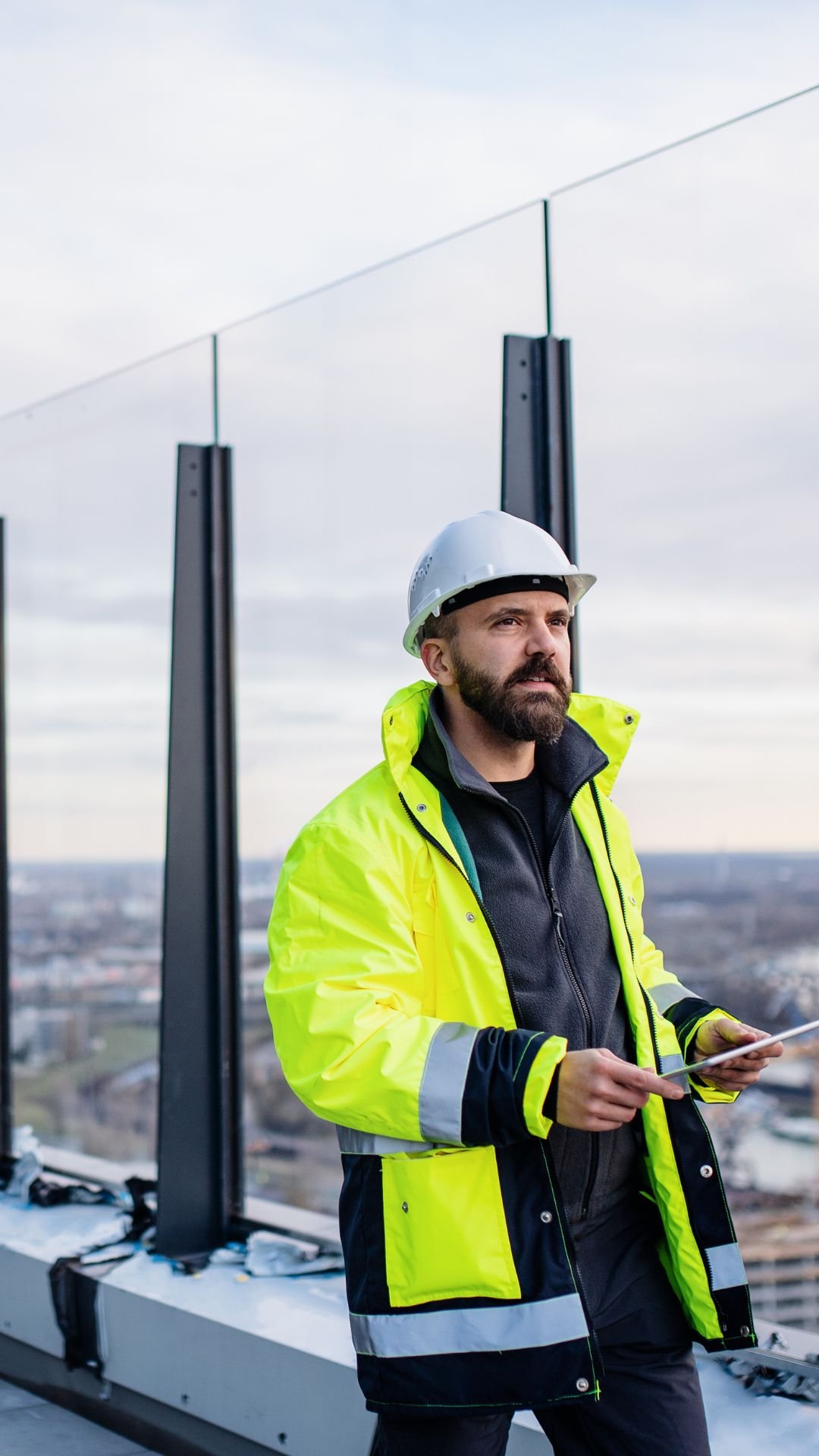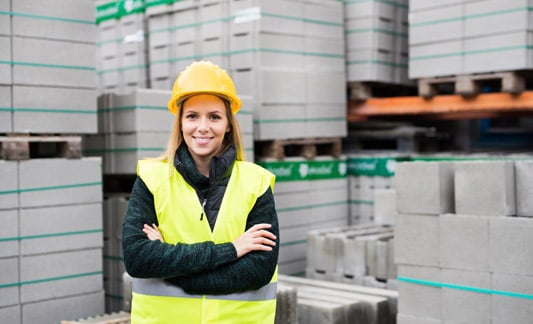.jpg?width=1920&name=wi%20(1).jpg)
Workplace safety should be every employer's top priority. Regular inspections help identify risks before they cause harm.
When done properly and consistently, these audits protect employees and ensure regulatory compliance.
The main purpose of workplace inspections is to prioritize the safety and well-being of all individuals within an organization. These inspections serve as a proactive approach to identify hazards, anticipate risks, and prevent accidents before they occur.
Inspections examine equipment, processes, materials and the facility itself. The goal is to spot issues like:
Experienced inspectors know what specific hazards to check in various work environments. They understand applicable regulations and how to gauge compliance.
Workplace inspections are a proactive measure to ensure safety and prevent potential hazards in the working environment. By conducting inspections regularly, businesses can create a secure and healthy working environment for their employees.

When conducting a workplace inspection, it is essential to have a checklist that covers all the important aspects. Here are some key areas to consider:
During the process of workplace inspections, our team at Irwin's Safety utilizes a variety of tools and techniques to ensure a comprehensive assessment. We employ infrared cameras to detect hidden electrical issues, noise level meters to monitor sound exposure, and gas detectors to identify any potential leaks or airborne hazards.
.jpg)
We perform thorough inspections that provide an accurate assessment of current safety practices and conditions. Our team has extensive training and years of hands-on field experience evaluating workplaces. We utilize checklists customized for each client to methodically evaluate potential risks.
Our inspection process includes:
Detailed reports explain inspection findings and document recommended corrective actions. We then partner with each business to implement solutions tailored to their situation, resources and long-term safety strategy. Our collaborative approach aims to continuously improve safety systems already in place.
We provide:
What is the meaning of inspection in safety?
Inspection in safety refers to a systematic assessment of a workplace to identify potential hazards and ensure compliance with safety regulations.
What are the benefits of the inspection process?
The inspection process helps prevent accidents and injuries by identifying potential risks in the workplace. It ensures compliance with safety standards, creates a safe working environment, and improves overall productivity and employee morale.
What is the purpose of inspection and testing?
The purpose of inspection and testing is to assess the safety and functionality of equipment, machinery, and systems. It helps identify any defects, malfunctions, or potential hazards, allowing for timely repairs, maintenance, and replacements to ensure a safe working environment.
or Phone +1 (855) 747-9467

“The safety of the people shall be the highest law."
– Marcus Tullius Cicero, Roman philosopher born in 106 BC